Recognizing and supporting diabetic patients
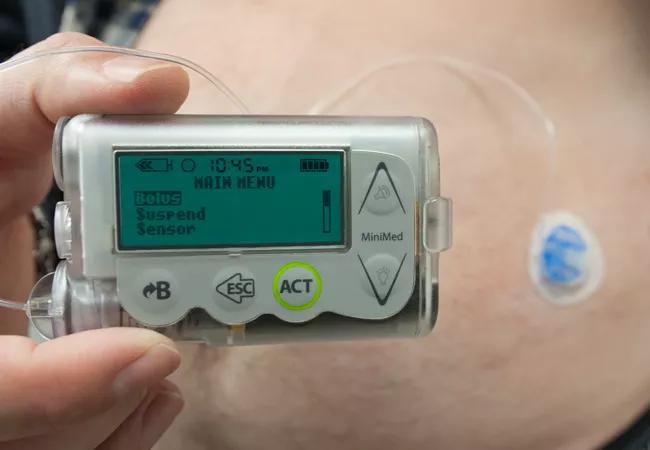
Advertisement
Cleveland Clinic is a non-profit academic medical center. Advertising on our site helps support our mission. We do not endorse non-Cleveland Clinic products or services. Policy

Cecilia Lansang, MD, MPH
As endocrinologists, your patients with diabetes may be hospitalized for a variety of reasons, including cardiovascular, gastrointestinal or other disease. At Cleveland Clinic’s Endocrinology Consult Service, we help balance patients’ autonomy and safety as they navigate their hospital stay.
At Cleveland Clinic, at least 50 patients using an insulin pump were admitted last year, and more and more patients are choosing this option for managing their diabetes. This continuous subcutaneous insulin infusion (CSII) method of delivery allows patients to self-manage and affords them flexibility suited to their lifestyles.
When patients on insulin pumps are ill and hospitalized, however, they may need assistance with adjusting insulin doses, or may need to be switched to basal-bolus subcutaneous insulin injections if they are unable to continue to care for themselves. Therefore, physicians and other inpatient providers must be able to recognize these patients in the hospital, make the decision to continue the pump and guide patients regarding dose changes, or discontinue the pump with an appropriate change to basal-bolus insulin.
The American Diabetes Association and American Association of Clinical Endocrinologists advocate for allowing patients who are physically and mentally able to continue CSII when hospitalized, and recommend that hospitals establish an appropriate policy and make available hospital personnel with expertise in pump management. Cleveland Clinic has such a policy, and strongly encourages an endocrinology referral for subspecialty partnership in taking care of these patients.
Advertisement
Here are highlights of the basics that we share with other providers:
General contraindications to insulin pump use in the hospital:
Once patients requiring inpatient insulin pump therapy are identified, insulin pump orders must be issued to ensure that insulin is delivered to them from the pharmacy, to have their point-of-care glucose readings taken, and to receive assistance with dosing or carbohydrate counting.
If the decision has been made to discontinue an insulin pump while in the hospital, patients are often best managed on a long-acting insulin for basal needs, mealtime insulin to cover the carbohydrates in the meals and supplemental insulin to correct for hyperglycemia.
Advertisement
Cecilia Lansang, MD, MPH, is Director of Inpatient Diabetes Services in the Department of Endocrinology, Diabetes and Metabolism at Cleveland Clinic and an Associate Professor of Medicine at Cleveland Clinic Lerner College of Medicine. She can be contacted at 216.445.5246 or lansanm@ccf.org.
Advertisement
Advertisement

Screening and medication key to better outcomes
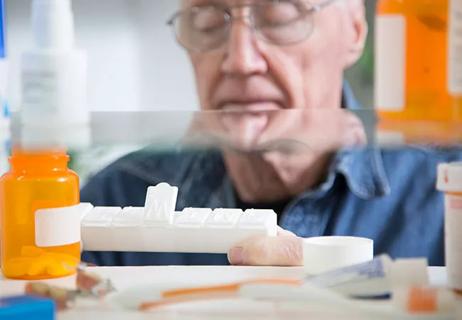
While the skeletal effects of nutrient deficiency are well-known, it’s important to consider how deficiency impacts the endocrine system

The tool can provide better clarity on evaluation of indeterminate thyroid nodules, reduce the number of unnecessary surgeries and help providers tailor patient care
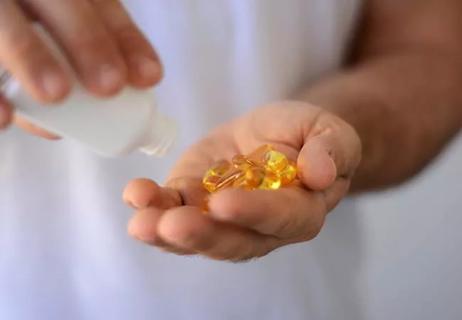
Guidance for counseling patients on the use of one of the most common daily supplements taken in the US
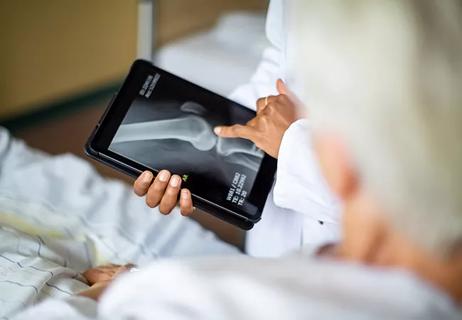
Two case studies illustrate why it’s important to look at DXA data holistically when treating patients with fracture risk

Because treatment options are reserved for classic Cushing’s, monitoring changes is critical in the management of subclinical Cushing’s
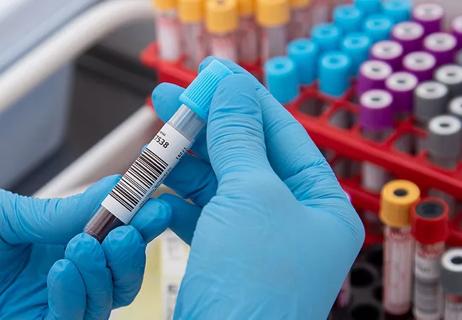
Although the diagnosis and treatment processes are often straightforward, it’s important to be timely with initiating both

Following a PCP referral, patients often meet with several specialists, including an endocrinologist who helps them achieve their GAHT goals